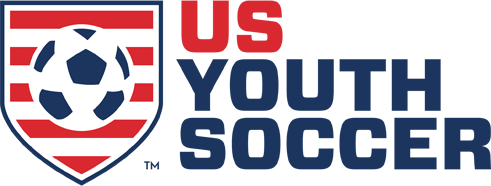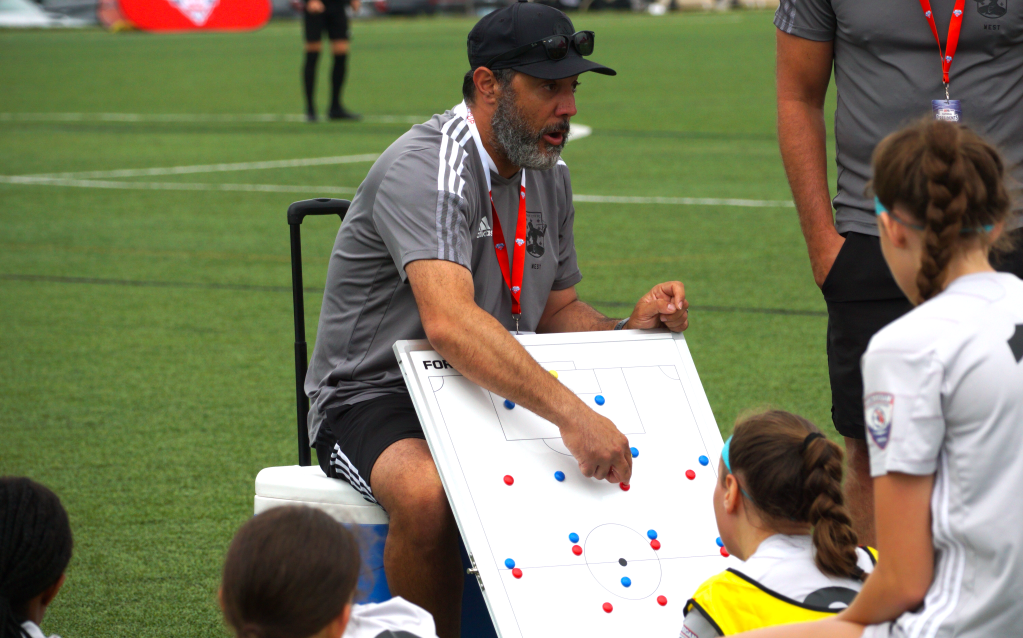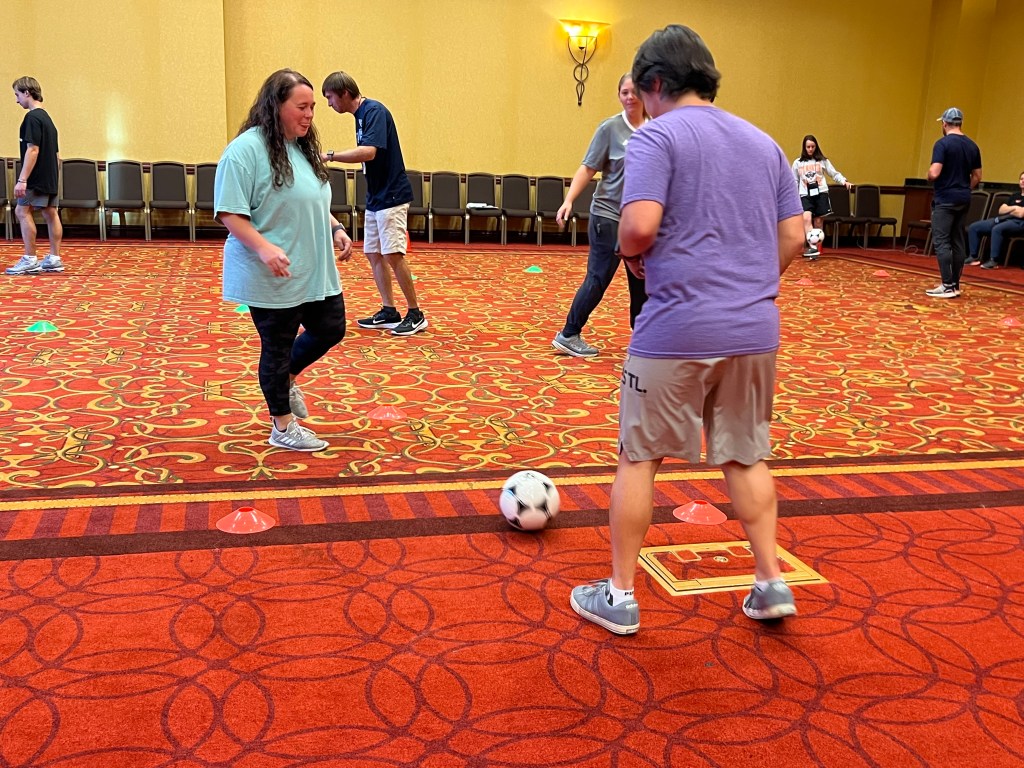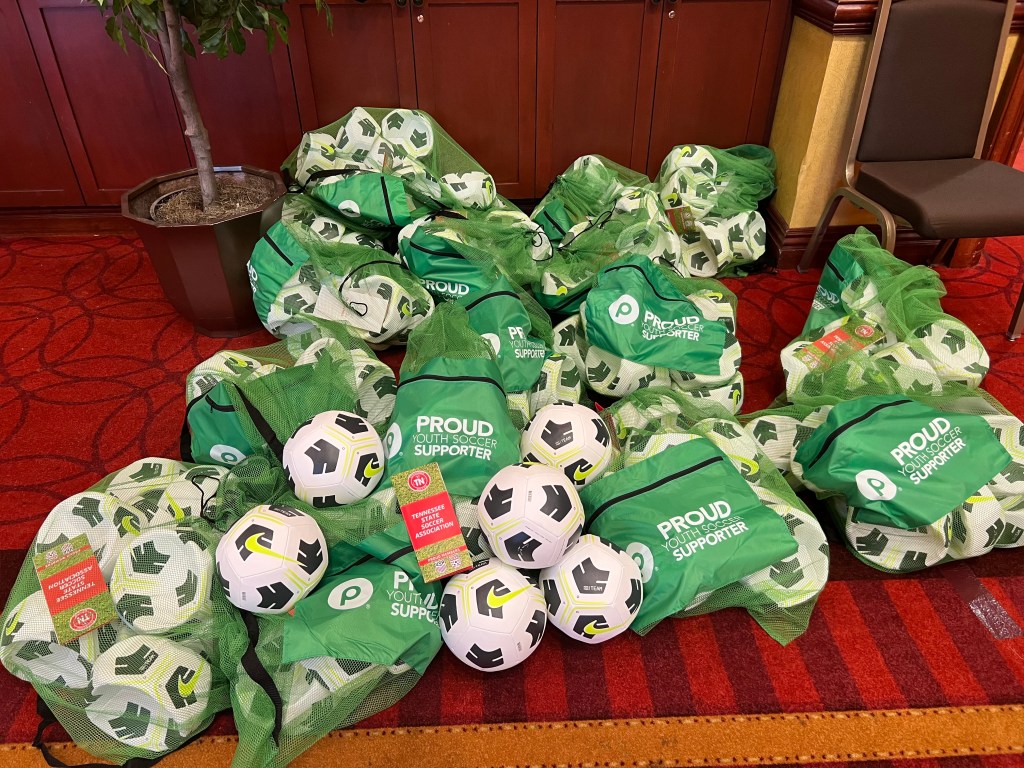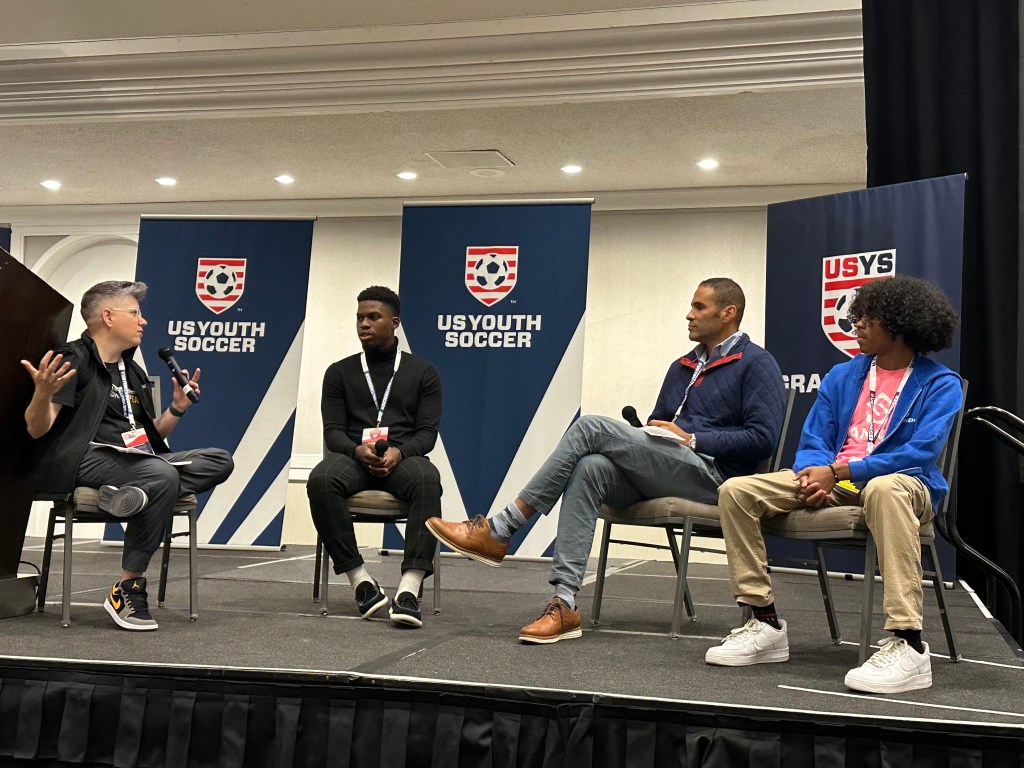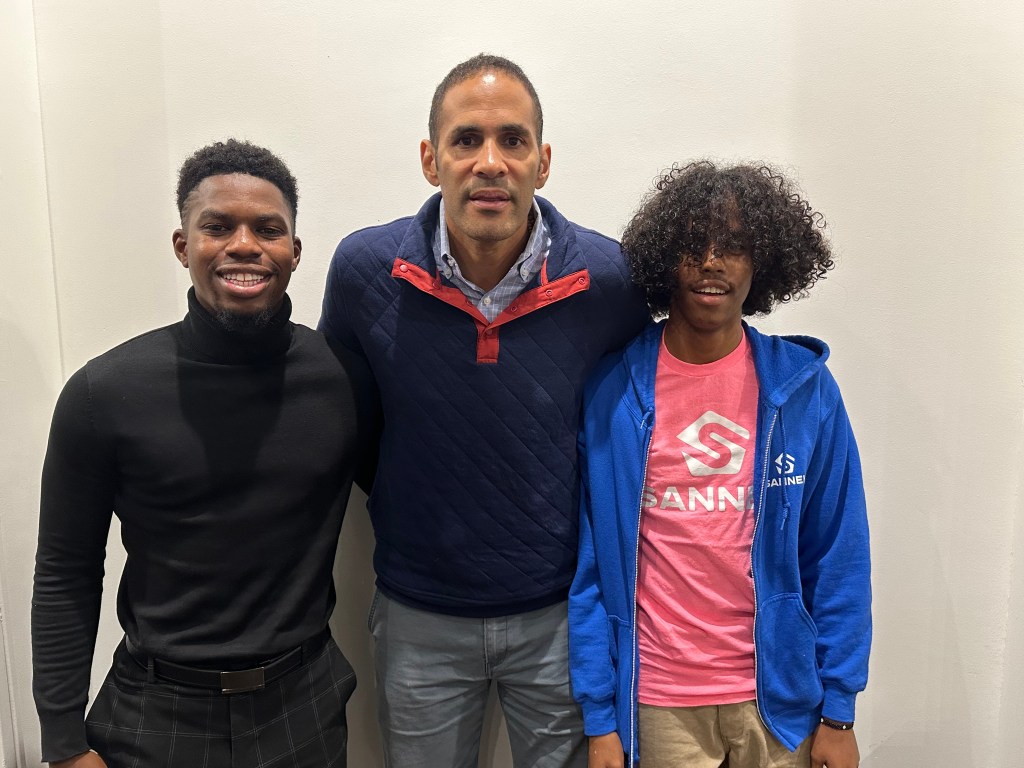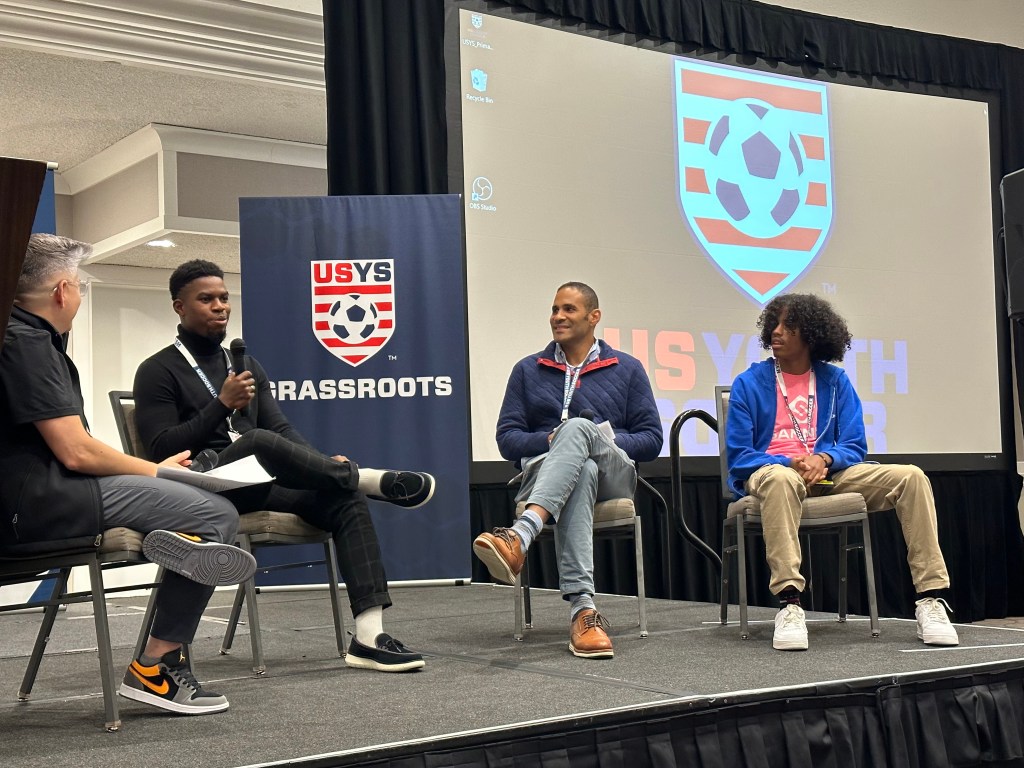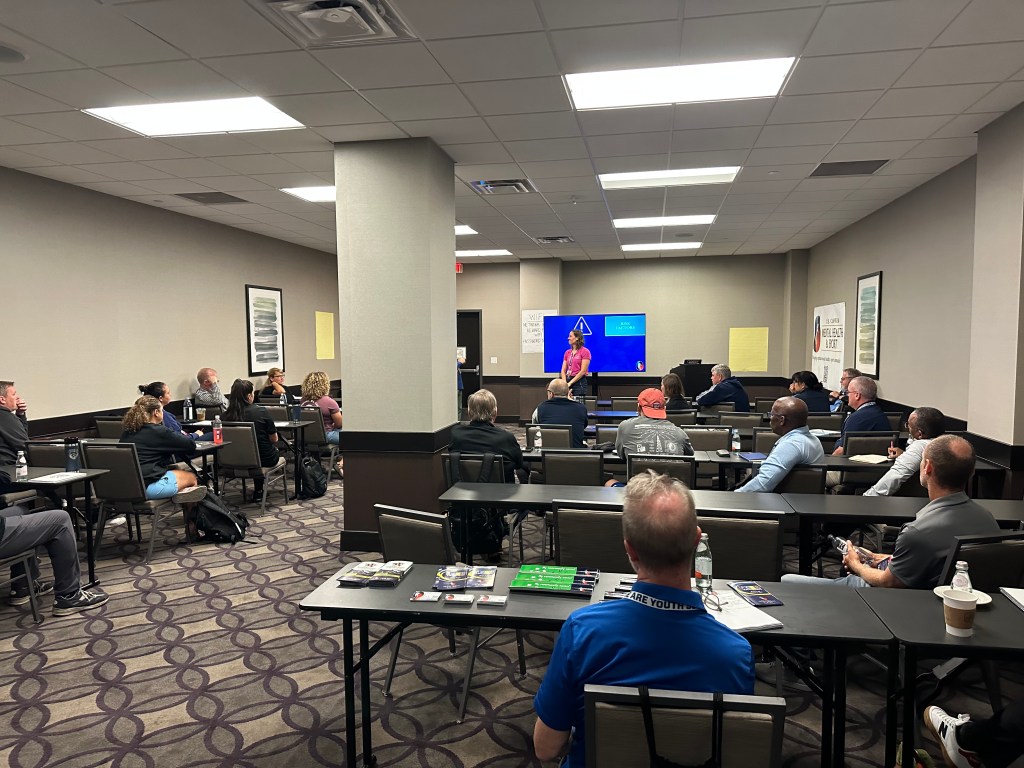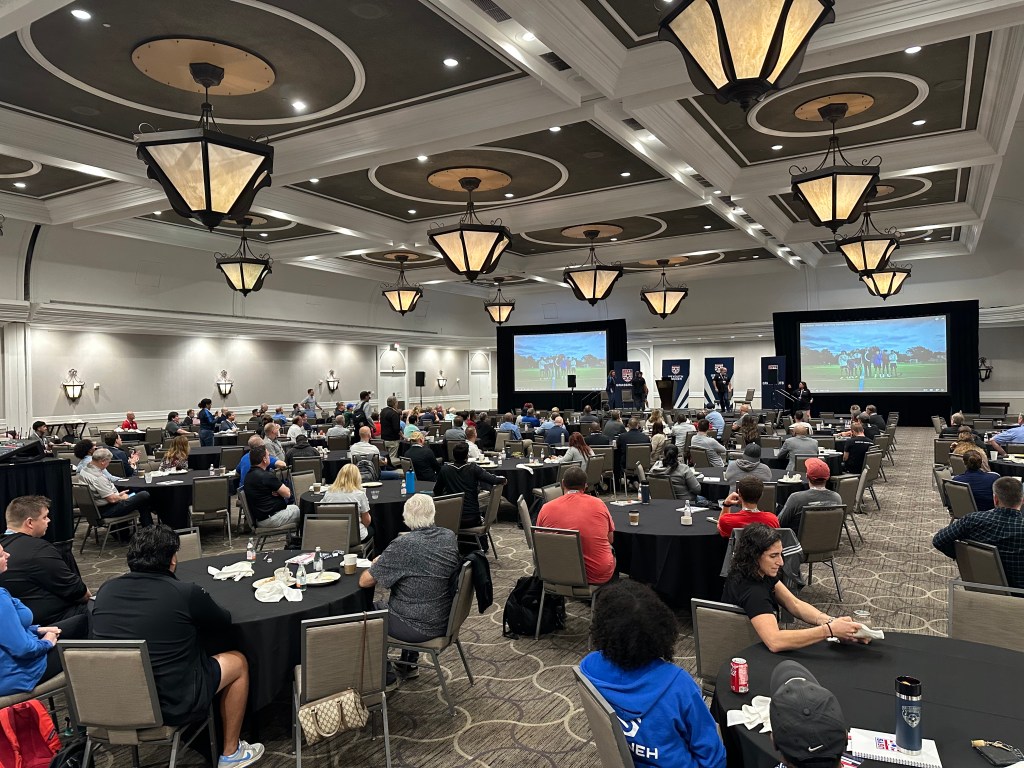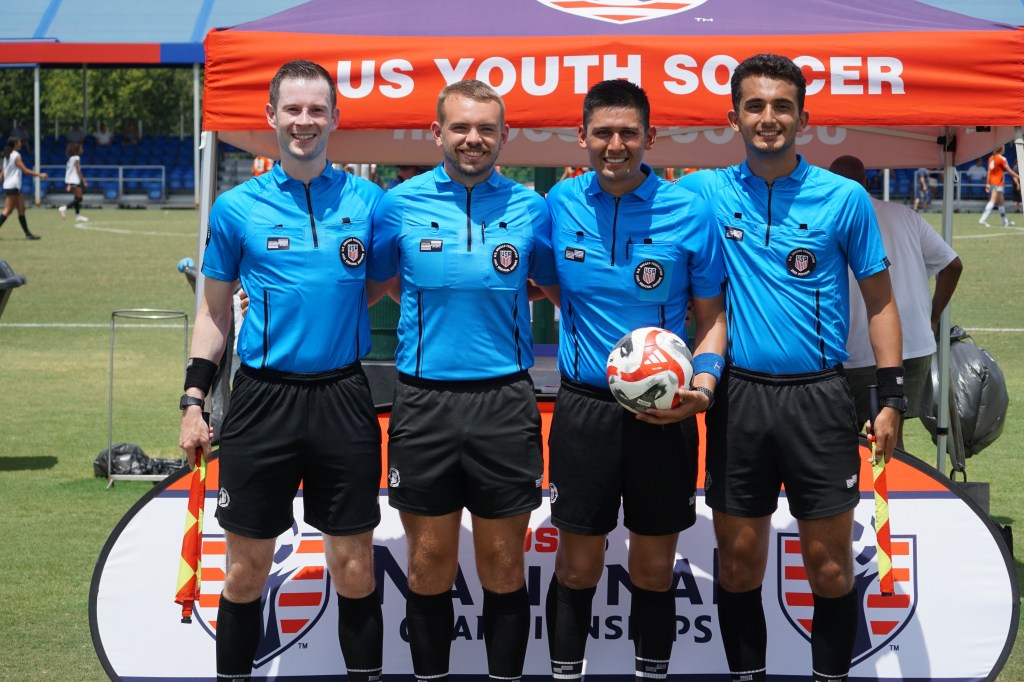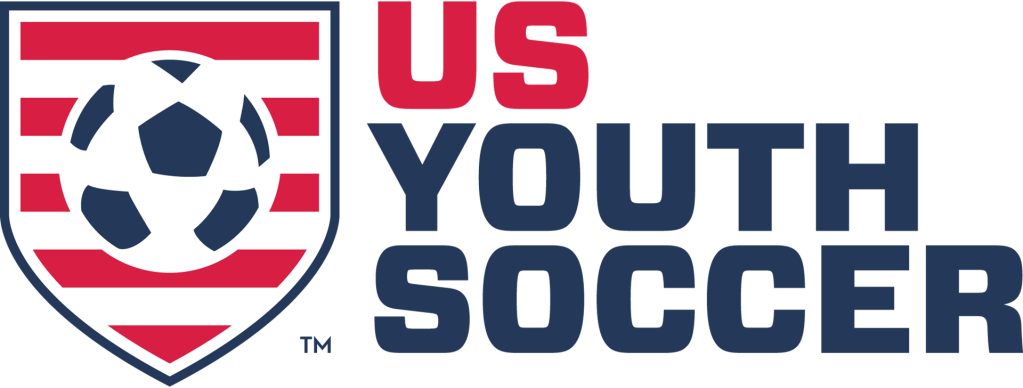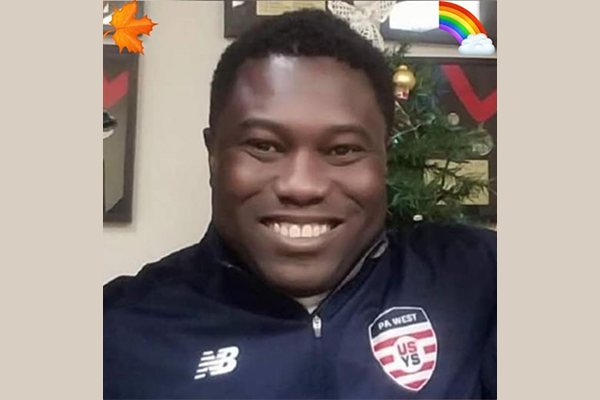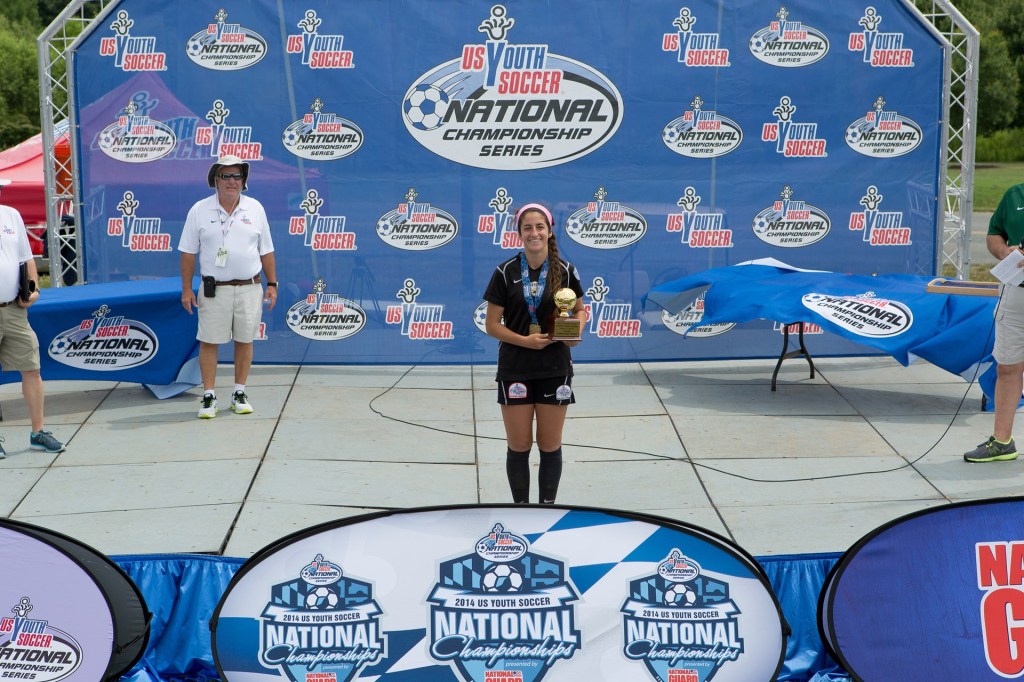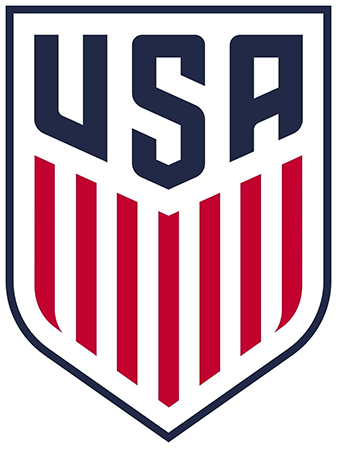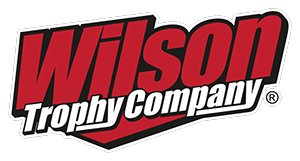FRISCO, Texas (November 15, 2023) – US Youth Soccer (USYS) and its State Associations are set to host U.S. Soccer ‘B’ coach licensing courses for the first time in 2024. Twenty-three ‘B’ courses were approved by U.S. Soccer and will be held in person by multiple State Associations across four U.S. time zones throughout the year, beginning in March.
The U.S. Soccer ‘B’ License is part of the Pro Pathway of U.S. Soccer’s coach licensing system, with the courses’ purpose to prepare coaches to work with youth or senior teams in a performance environment. Some course objectives include the implementation and optimization of designed training sessions to facilitate player learning, preparing an age-appropriate game plan aligned to the game model, and creating a positive and safe environment that encourages respect, inclusivity and belonging.
“We are thrilled for our State Associations to host these ‘B’ courses next year,” said US Youth Soccer Director of Sport Development Tom Condone. “This is a monumental step in continuing the effort from our State Technical Directors as they work to deliver courses at all levels and provide continued development opportunities for coaches. We are thankful to U.S. Soccer for allowing us to provide these courses to our membership.”
Below are the courses that will be held during the first half of the year.
| Host | City, State | Class #1 | Class #2 |
| Colorado Soccer Association | Commerce City, CO | March 14-17 | May 2-5 |
| Florida Youth Soccer Association | Miami/Ft. Lauderdale, FL | March 4-7 | May 13-16 |
| Illinois Youth Soccer | Loves Park, IL | March 4-7 | May 6-9 |
| Illinois Youth Soccer & Chicago Fire FC | Chicago, IL | March 11-14 | May 13-16 |
| Massachusetts Youth Soccer | Lancaster, MA | March 15-18 | May 6-8 |
| North Carolina Youth Soccer Association | Charlotte, NC | March 11-14 | May 13-16 |
| Ohio Soccer Association | Columbus, OH | March 14-17 | May 7-10 |
| Tennessee State Soccer Association | Murfreesboro, TN | March 7-10 | May 3-6 |
Multiple ‘B’ courses will also be offered during the second half of the year.
| Host | City, State | Class #1 | Class #2 |
| Arizona Soccer Association | Casa Grande, Ariz. | September 9-12 | November 11-14 |
| Cal North Youth Soccer | Pleasanton, Calif. | September 10-13 | November 5-8 |
| Eastern New York Youth Soccer Association | Farmingdale, N.Y. | September 4-7 | November 10-13 |
| Florida Youth Soccer Association | Kissimmee, Fla. | September 9-1 | November 11-14 |
| Illinois Youth Soccer Association | Rockford, Ill. | September 3-6 | November 4-7 |
| Iowa Soccer Association | TBD | TBD | TBD |
| Maryland State Youth Soccer Association | Ellicott City, Md. | August 19-22 | November 4-7 |
| Nevada Youth Soccer | Las Vegas, Nev. | September 9-12 | November 4-7 |
| North Carolina Youth Soccer Association | Raleigh, N.C. | September 9-12 | November 11-14 |
| North Texas Soccer | Frisco, Texas | September 5-8 | November 7-10 |
| Ohio Soccer Association | Columbus, Ohio | TBD | TBD |
| South Carolina Youth Soccer Association | Columbia, S.C. | September 6-9 | November 8-11 |
| South Texas Youth Soccer Association | Austin, Texas | September 11-14 | November 13-16 |
| Utah Youth Soccer Association | Salt Lake City, Utah | September 9-12 | November 11-14 |
| Virginia Youth Soccer Association | Fredericksburg, Va. | September 14-17 | November 9-12 |
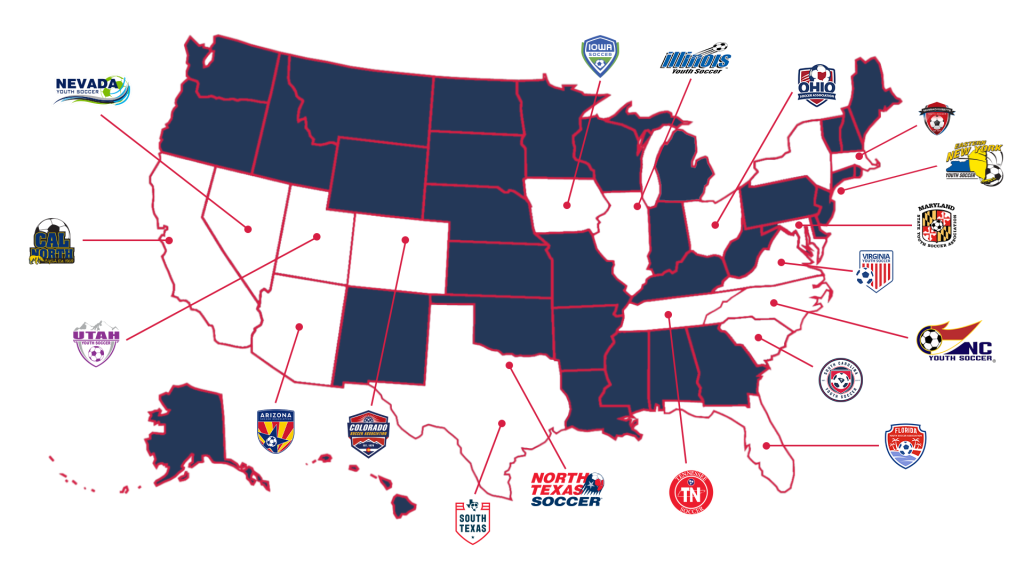
In addition to ‘B’ courses, US Youth Soccer and its State Associations continue to offer Grassroots, ‘C’ and ‘D’ level courses to its membership.
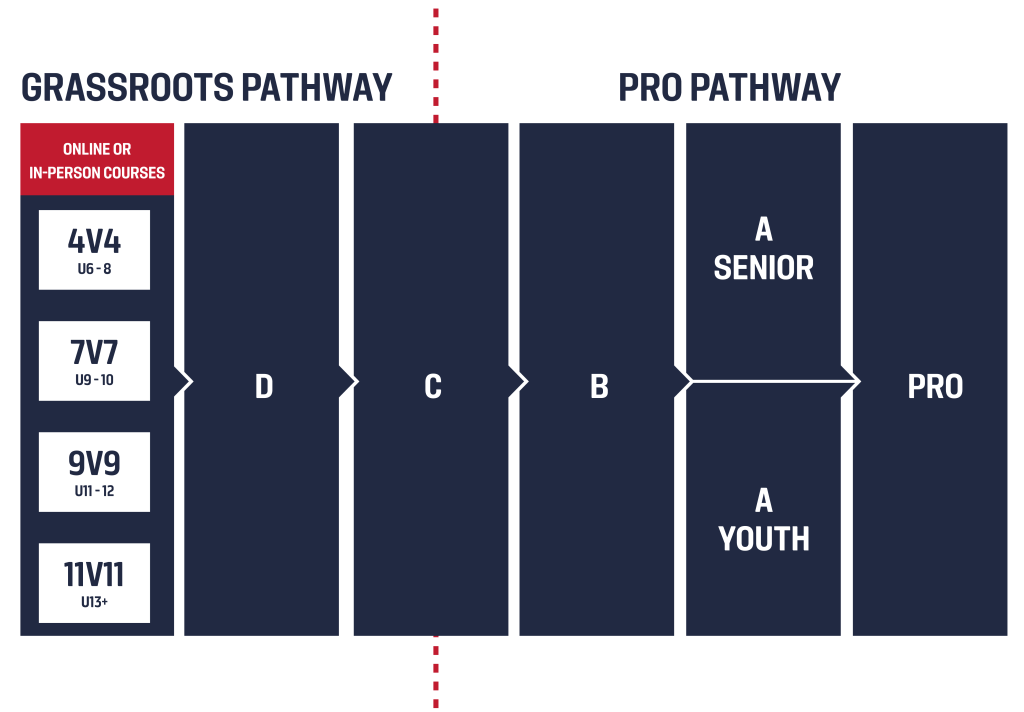
About the United States Youth Soccer Association (US Youth Soccer)
US Youth Soccer, the largest youth sport organization in the country, is on a mission to provide world-class support, resources, and leadership, helping every member fulfill their goals on and off the field of play. US Youth Soccer registers nearly 2.5 million players annually. Through its programming, resources and leadership, US Youth Soccer is advancing the game for its 54 Member State Associations, 10,000 clubs and leagues and one million administrators, coaches, and volunteers. US Youth Soccer connects families and communities to the power of sports and its shared love of soccer. US Youth Soccer provides a path for every player, coach and referee offering programs that provide a fun, safe and healthy environment at every level of the game.
-USYS-
